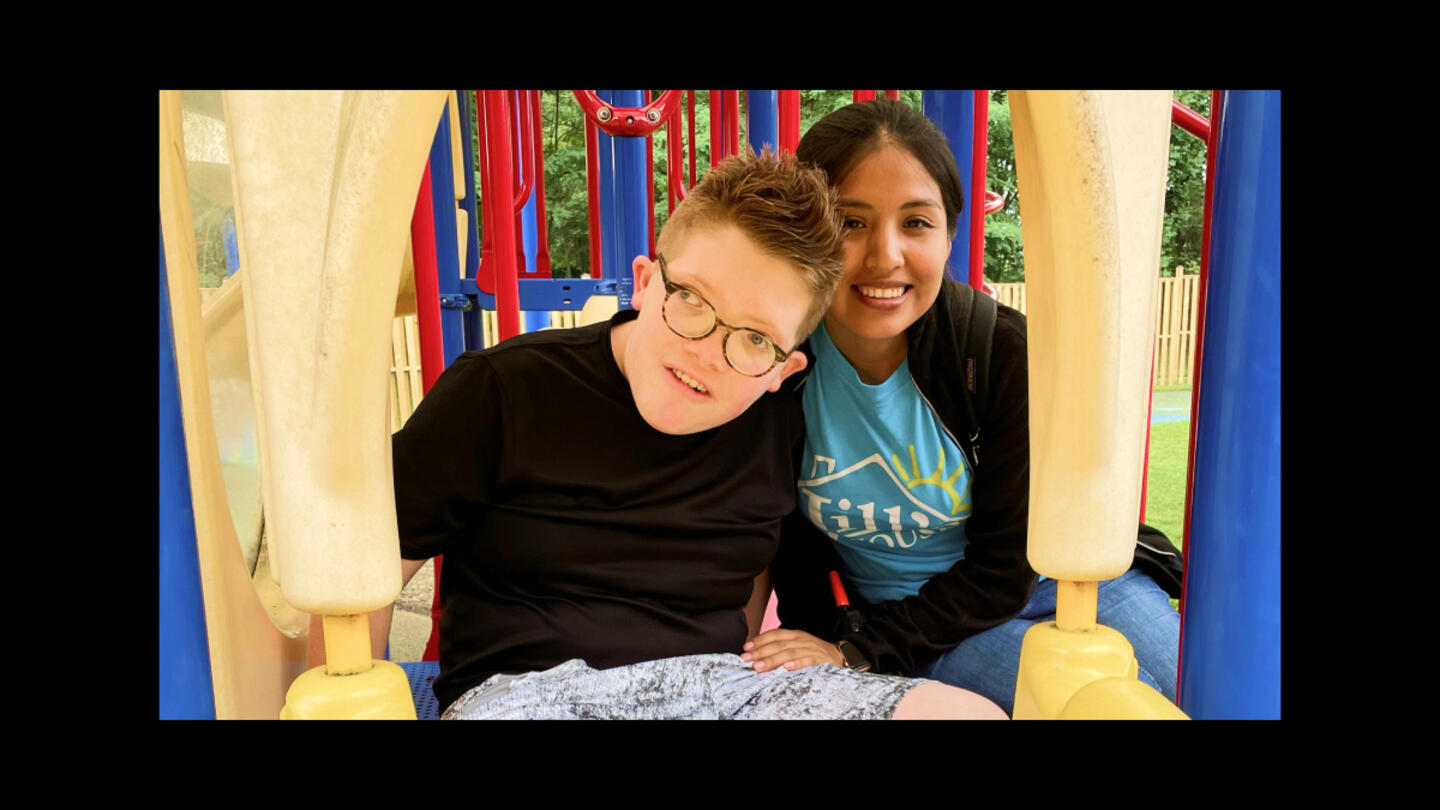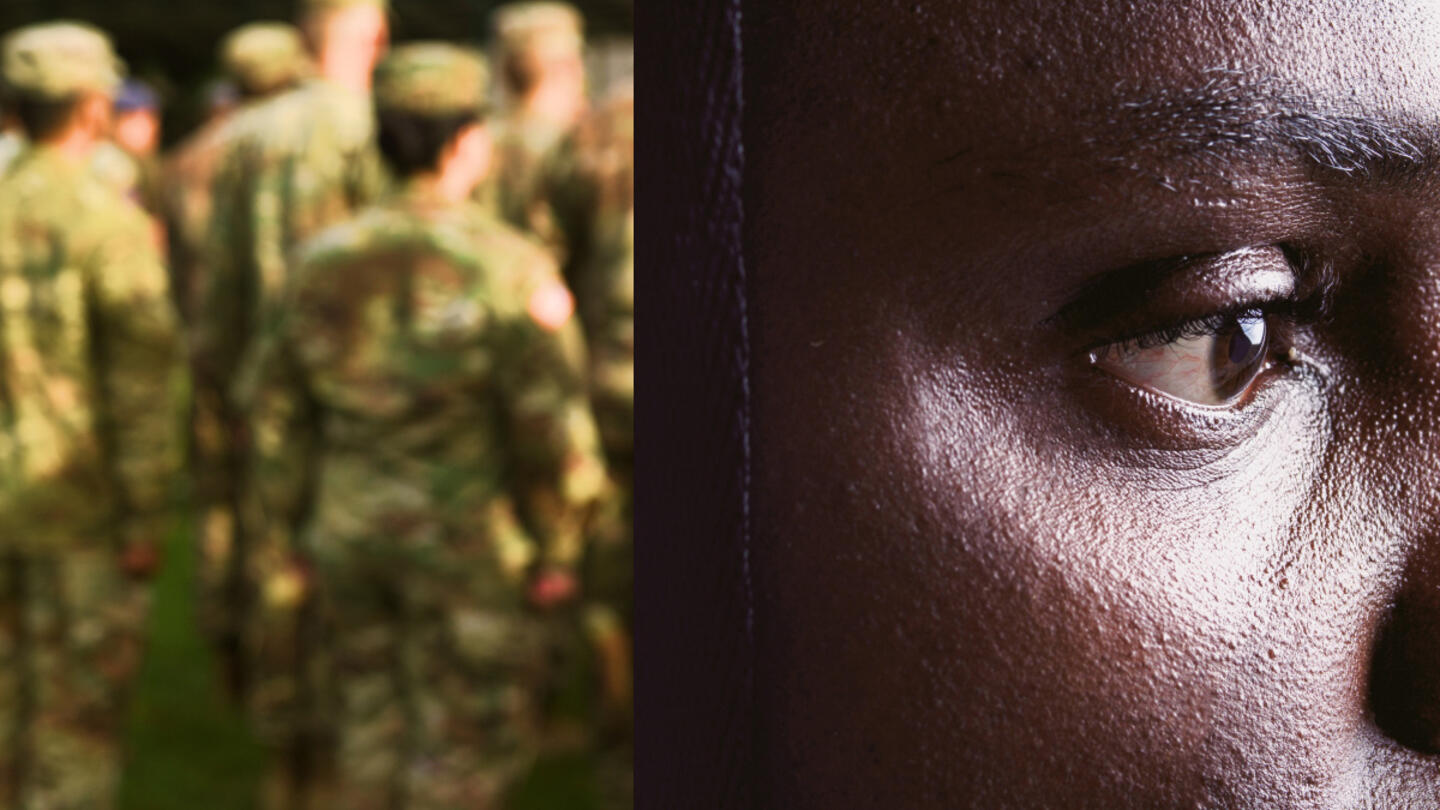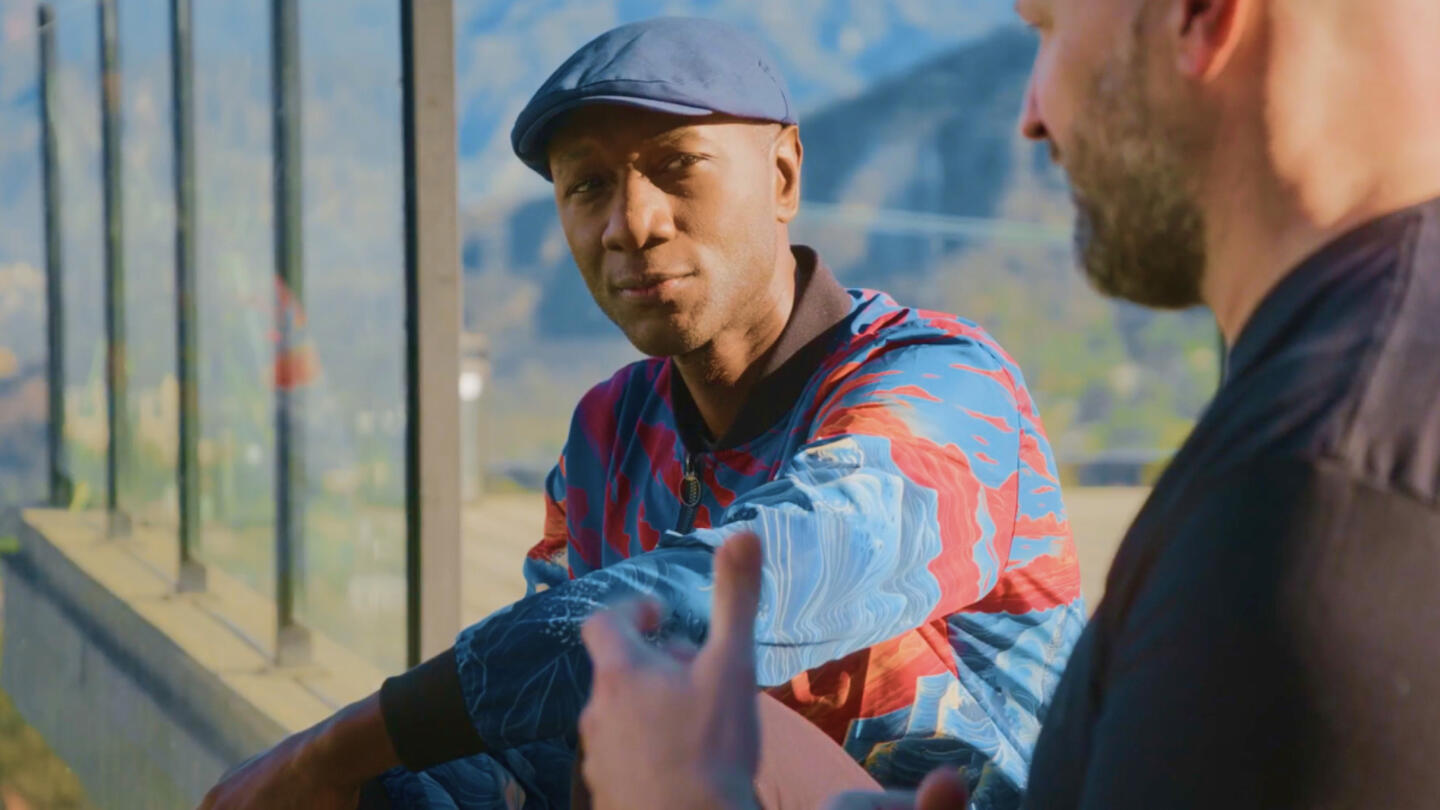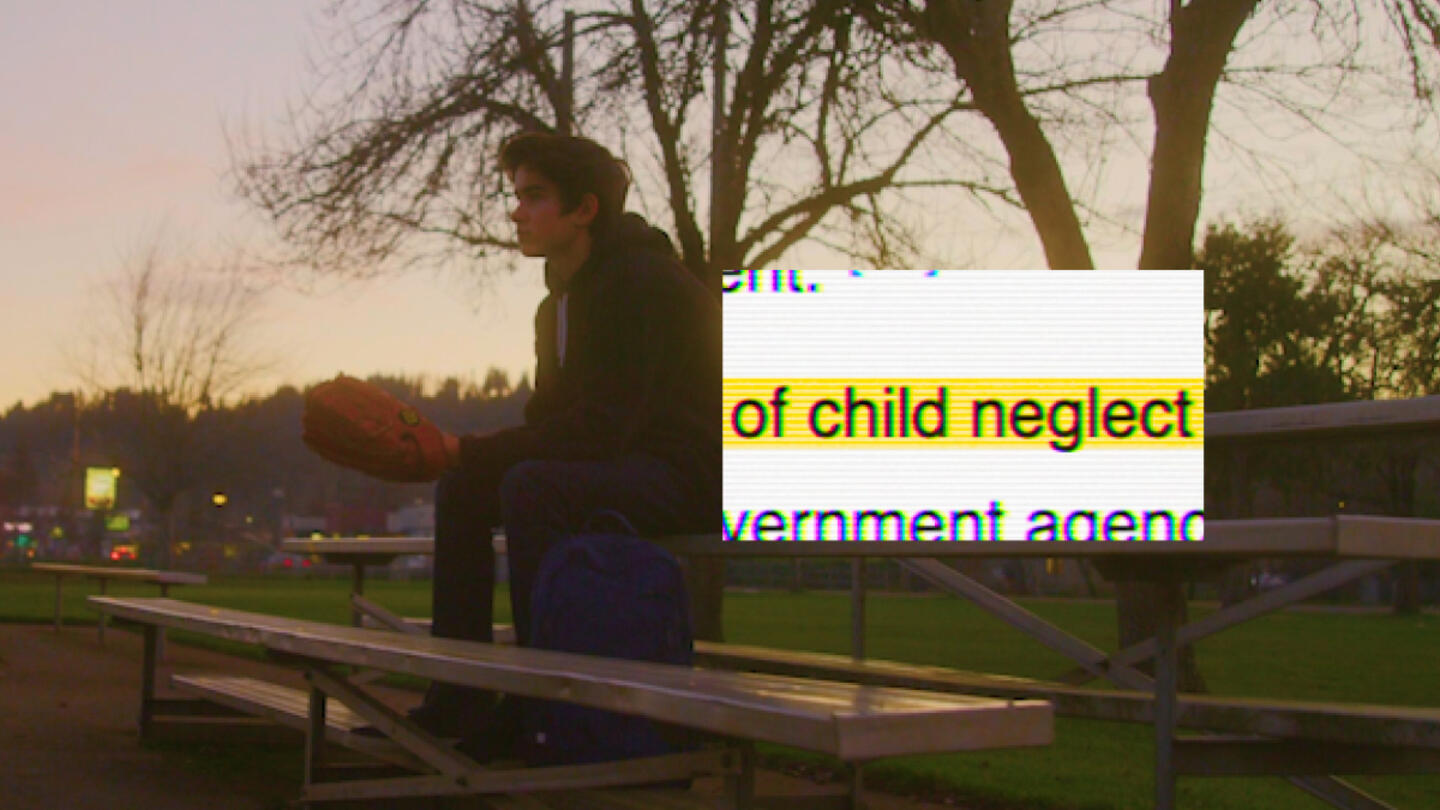The bad news: The child welfare system in the United States needs help. The good news is that there’s a way forward. Several innovators are working on solutions to empower families and create change that could transform the system forever.
Though the child welfare system — a network of government agencies intended to protect children — plays a critical role in society’s extreme cases, many situations could be resolved through alternative, community-based approaches that strengthen families, create community bonds, and eventually lead to lasting stability that keeps families together.
“The foster system is the most strategic place of systemic change in our country,” said Adrien Lewis, founder and president of CarePortal, an app designed to connect families with community support before they are in crisis.
Numerous social issues — homelessness, poverty, incarceration, mental health struggles, crime, substance use, and suicide — can often be traced back to foster care and the separation of children from their parents. Lewis and others aim to reduce the need for government intervention and family separation by empowering communities and churches to support families — reserving government intervention for the most severe cases.
“When you look at outcomes of children who enter foster care versus children who stay home, just on every single metric, it’s materially worse,” said David Shalleck-Klein, executive director and founder of the Family Justice Law Center, a nonprofit dedicated to preventing unnecessary family separation.
Here’s the thing: A large percentage of separations could be avoided. Of the 400,000 children in foster care, 76% were taken from their homes due to allegations of neglect, often associated with poverty. Many of these parents want to and are trying to care for their children but lack the resources. Examples of this may include parents’ chronic inability to provide warm clothing or pay for electricity.
“It’s really scary not knowing where you’re going,” said Kaden, a young teen who has been through more than five foster homes. This kind of instability can have disastrous outcomes: 81% of children moving through the system will face incarceration, and 25% will attempt suicide.
“This [issue] is about human dignity,” said Shalleck-Klein. “Sometimes, do children need to be separated from their parents? Yes, but that should be the last possible solution. Instead, we need to think about how can we help these parents address the conditions of poverty or housing or food insecurity or whatever the case may be, so they can keep children at home?”
What if communities came together to support families and reduce the number of family separations?
Children do better with family
Kaden and his adoptive brothers, Jayden and Ashton, have all spent time in the foster system.
“You’re not guaranteed to stay with your siblings,” said Jayden. “There is a good chance you will, you know, be removed from your siblings.”
The system operates like a funnel, with reports made to child welfare agencies affecting over 7 million children. Child Protective Services investigates those reports and then makes recommendations. If a child is removed from their home, they may spend up to two years separated from their parents — necessitating hundreds of thousands of homes.
The legal standards for deciding which children require separation from their parents are often unclear. Allegations of neglect account for 76% of removals, yet this term is frequently defined loosely. While some cases are severe, others can lead to unnecessary family separations over issues that, while concerning, could be addressed without removing the child from their home.
“The biggest misconception that people have is that most families that are in the child welfare system are there because the parents abused or abandoned or somehow don’t love their children,” said Shalleck-Klein. “That just could not be further from the truth. In New York, 90% of cases are allegations of neglect, which are frequently and inextricably intertwined with conditions of poverty.”
Shalleck-Klein is on a mission to protect families from unnecessary separation because he’s witnessed the connection between neglect and poverty firsthand.
“I saw families cramped onto benches with children screaming, mothers and fathers clutching onto their children for dear life,” he said. “And as these families were called, one by one, I heard stories of parents not having enough food, not having clothes for their children. I was expecting those stories of abuse and abandonment, and instead, what I saw were situations rooted in conditions of poverty.”
He believes that because of the broad legal definition of neglect, almost any family struggling with poverty can be at risk of losing their children. He founded the Family Justice Law Center to challenge the broad authority of government agencies that often inflict trauma on families, especially through the removal of children from their homes.
“What every single expert said is that children fundamentally do better when they’re with their parents, when they’re with their siblings, when they’re with their aunts and uncles and rooted in the community and culture with which they were born into and loved by,” he said. “There is an enormous cost to children when you separate them from their parents, not just in the moment, but long term.”
If poverty is at the root of these excessive allegations of neglect, are there more effective solutions to support families earlier on rather than separate them?
Sign up for the Strong & Safe Communities newsletter for stories, ideas, and advice from changemakers working with their neighbors to address the biggest problems we face.
Parents living in poverty face countless agonizing choices. Imagine getting a flat tire and having to decide between buying a new tire or paying your rent. Without the tire, you can’t get to work to afford future rent. Or your toddler gets sick and can’t go to day care — do you stay home from work or ask your 12-year-old to miss school and care for them?
Any of those choices could put your family on the radar of Child Protective Services.
“There are horrible things that happen to children that should never happen to anybody,” said Lewis. “Those kids need to be removed, but the majority of the time, parents want to provide for their kids.”
Lewis created a solution to help families facing these difficult, poverty-related choices. It’s an app called CarePortal that connects struggling families at risk of separation due to neglect with supportive volunteers and communities that can offer help.
He aims to revolutionize how we support families in need, much like Uber transformed transportation and Amazon reshaped shopping.
“We just need an easy way to connect so that people can make a difference,” he said. “CarePortal is in position to make it so that every community has businesses and churches and government working together on behalf of the community itself.”
The app is a platform that links child-serving professionals with community volunteers and churches, enabling solutions that prevent challenges from going unaddressed and becoming crises. Social service agencies vet requests and send out notifications on behalf of families in need, and then volunteers and churches can respond with basic needs and relationship support.
When volunteers receive a request, they simply confirm if they can help provide the needed item or service, such as a bed, crib, or transportation. Once they agree, they submit their response, and the caseworker connects them with the necessary information.
CarePortal has achieved remarkable success: It currently operates in 35 states and the District of Columbia and has served over 300,000 children and their families. It’s projected to reach over 1 million people per year by 2029. These numbers reflect its impact on both preventing family separations and facilitating reunifications.
For example, in three Florida counties, the number of children separated from their families dropped by 60% within a year of partnering with CarePortal. The most requested material items? Beds.
CarePortal’s model has proven so effective that it’s now expanding beyond foster care, reaching other vulnerable communities like the elderly, veterans, and people with disabilities. Lewis calls this approach “care-sharing,” built on the idea that we all benefit by supporting the most vulnerable well before they reach a crisis.
“This moment of crisis often opens the door to long-term relationships that are actually the thing that help people sustain quality of life,” said Lewis. “We have the chance now to revolutionize the way that people care for their neighbors.”
Why half of foster families quit after six months
So, what about the kids that are currently in or need to be in the foster care system? How do we make their experience more stable and healthy?
Foster parenting is hard. Half of families quit after six months, which leads to situations like Kaden’s, where children go from foster home to foster home.
Patrick is Kaden’s foster-adoptive father. He began fostering four years ago and is one of the 50% of foster parents who don’t quit — but that doesn’t mean it hasn’t been hard. “It’s not just the life issues that you have,” he said. “It’s your kids’ life issues. I have four kids, and they each have their own issues going on every day. It’s hard, it hurts, but there is a lot of reward in that.”
Isolation affects every stage of the child welfare system — from families struggling with poverty to foster families overwhelmed by the emotional demands of caregiving. It’s common for foster families to lack the support and resources they need, often leading to burnout.
That’s where National Angels comes in. Founded by Susan Ramirez, a former foster parent herself, National Angels aims to support families like Patrick’s, ensuring they have the tools and relationships to succeed.
“If we identify that a family has certain needs or wishes or desires, and we meet that, the whole idea is that we’re doing it consistently,” said Ramirez. “It’s like, you said you need this, we’re going to show up over and over and over again.’”
“They will support you,” said Patrick. “They will come in and ask you, ‘What do you need? How can we help you?’”
The key to National Angels’ success goes beyond the material support for children and families. The organization pairs foster families with volunteers, creating lasting relationships that are key to helping families thrive.
For Patrick, that volunteer is a local dentist, Dr. Moetaz Homsi, who has been walking alongside Patrick and the three foster children he has since adopted — Kaden, Ashton, and Jayden — for four years.
Dr. Homsi’s support has been life-changing for Patrick’s family. He and his family offer guidance, emotional support, and friendship. “It’s a big advantage,” said Patrick.
“When I think about the reasons that made me who I am today, it’s the support I got from family first and from people that I met along the way and treated me like family,” said Dr. Homsi. “So this is what I try to give Patrick and the boys.”
This connection has made a lasting impact on Patrick’s children, too. “It feels like an actual home,” said Ashton. “It feels like we’ve known each other for all our lives.”
This is the essence of National Angels: “Radical community,” said Ramirez. “That’s what changes foster care. It is the relationship. We are in this together so that the child can stay in placement until they’ve either created permanency, or they go back to the biological family, or they get adopted.”
At one of National Angels’ annual back-to-school events, Patrick’s family joined 200 other foster families to pick out backpacks and school supplies. These moments of community and support keep foster families going, offering hope, resources, and a sense of belonging.
“We believe that every single child should have at least one healthy adult who knows the color of their eyes and the passions of their heart,” said Ramirez. “Because we believe that foster care should not be an identity. It is just an experience, and we believe that in their future, they can be unstoppable.”
Through organizations like National Angels, foster families are proving that with the right support, they don’t have to go it alone. Strong, local relationships are the key to ensuring that foster families — and the children they care for — can thrive.
Not every family gets the happy ending that Patrick and his kids have. Every family situation is unique, and each one requires a personal solution. Although problems as complex as the child welfare system can appear too big to solve, these leaders and the volunteers around them are proving what’s possible when you mobilize the community.
They’re demonstrating that one way to fix our child welfare system is by fostering local relationships at every stage to ensure these families have the community support they need.
“When two humans who otherwise didn’t know each other can get connected around a moment of need, they have the power of creating something special,” said Lewis. “That’s like an explosion, an explosion of life, an explosion of love, an explosion of courage and humility and people seeing each other in ways they didn’t see each other before — because it’s those meaningful connections that change the path of people’s lives, and we end up being a far stronger community because of it.”
The Stand Together community partners with changemakers who are tackling the root causes of America’s biggest problems.
Learn more about Stand Together’s efforts to build strong and safe communities and explore ways you can partner with us.

At this ‘resort,’ children with intellectual disabilities are seen as gifts to be celebrated and loved.

Veterans experience loss when leaving service. Could this be key to understanding their mental health?

The Grammy-nominated artist is highlighting the stories we don’t get to hear every day.

With his latest project, Blacc isn’t just amplifying stories — he’s stepping into them
